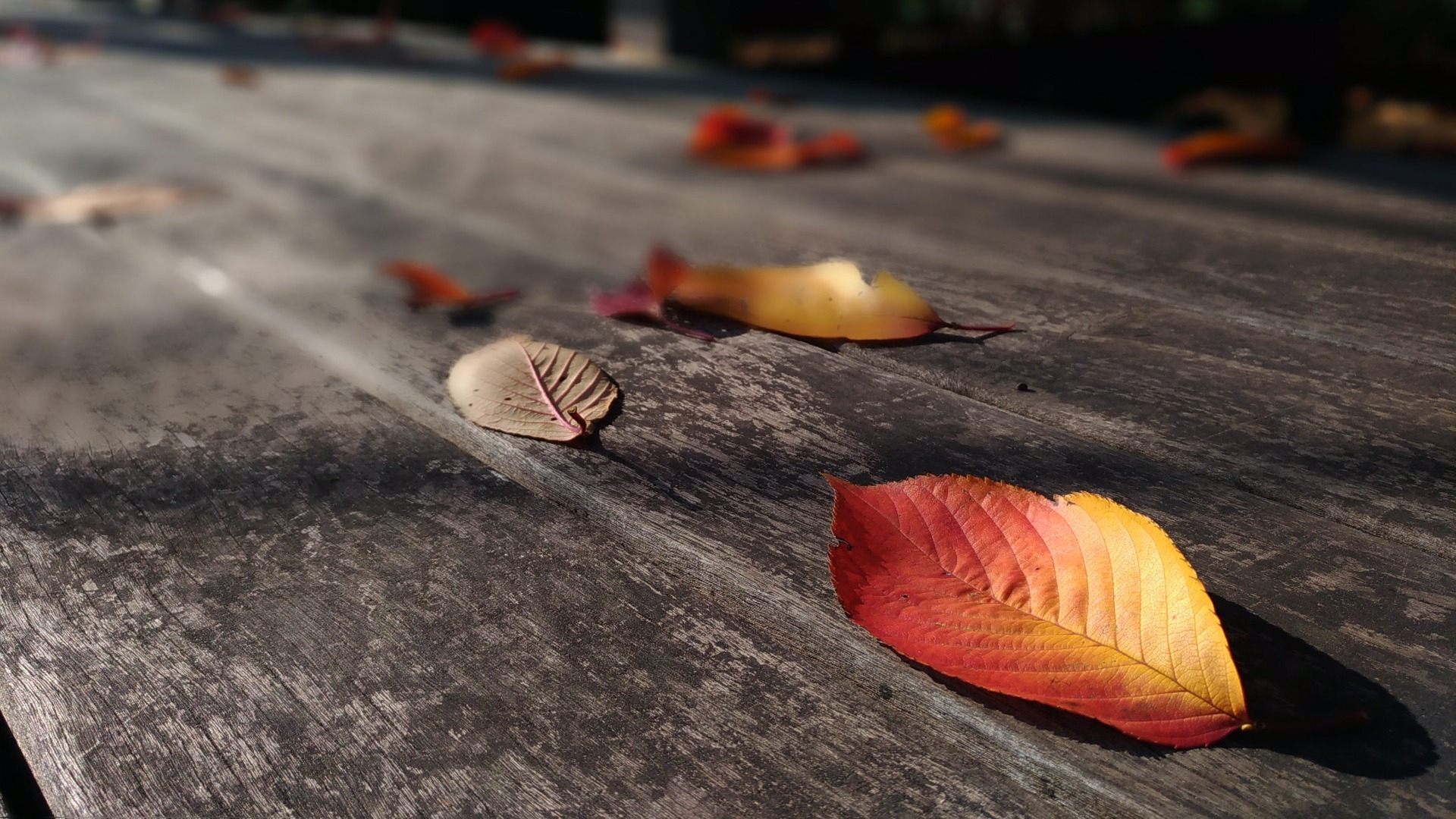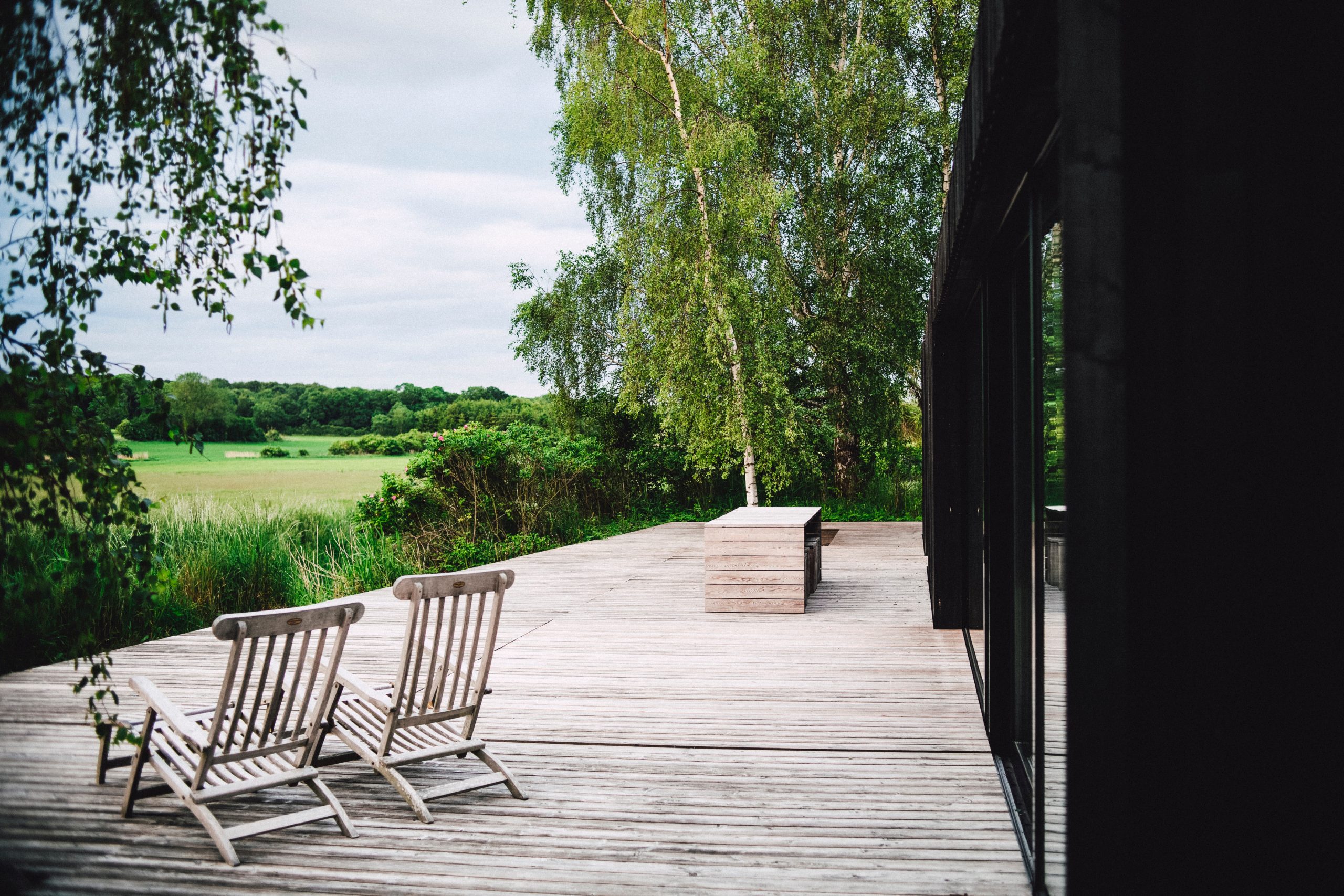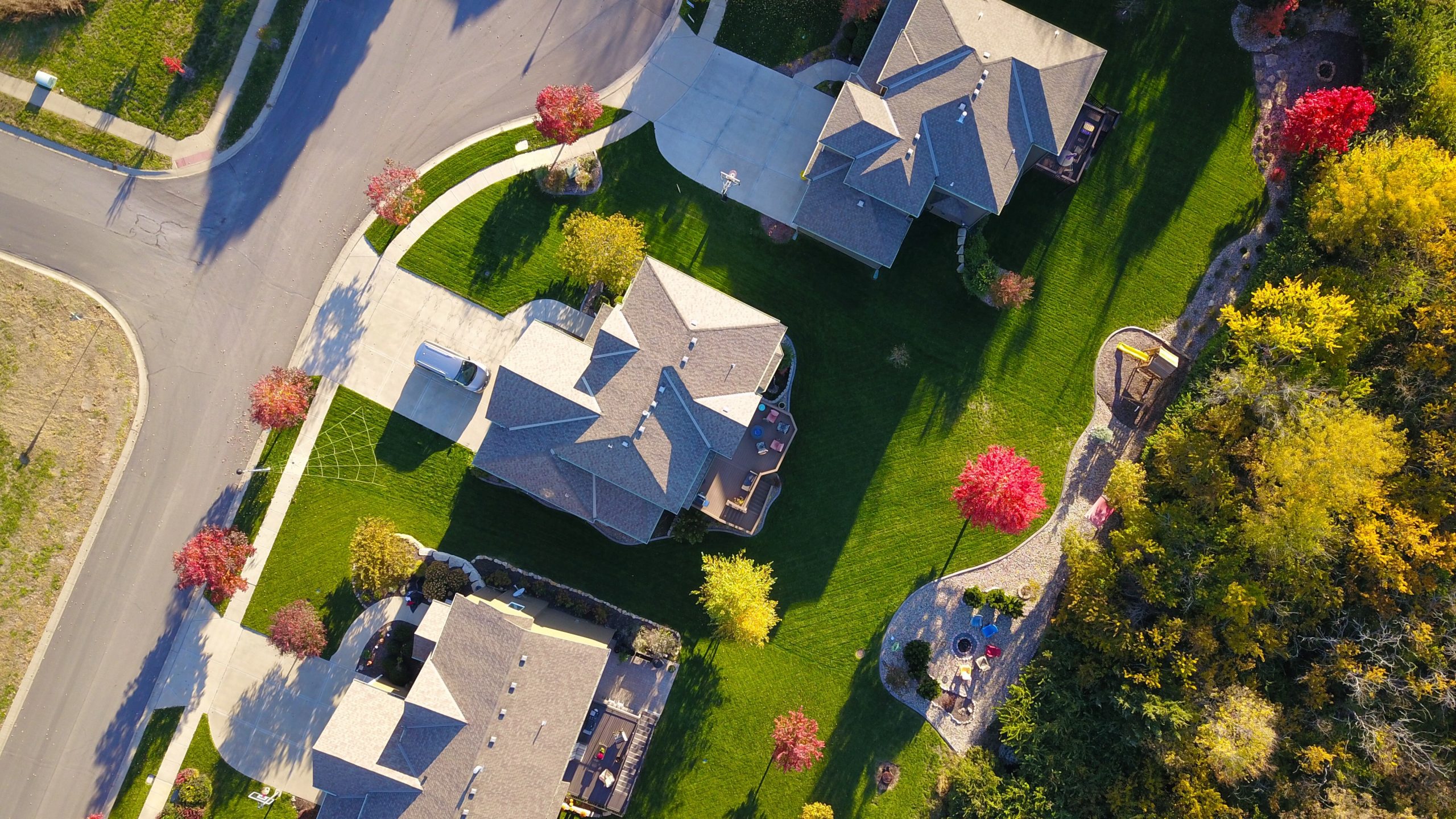Imagine. The breeze in your hair, smile on your face. Your feet are propped up and you have a great book in hand, or music playing in the background. A cold beverage, just within reach. For many of us, life doesn’t get much better than being able to enjoy a quiet moment like this. In fact – many of us work hard all week, counting down the hours until we can kick back in this picture perfect place.
Can you see it?
The Backyard Deck. Your own piece of the American Dream. Whether enjoying a BBQ with Family and Friends, or a quiet moment of escape, the deck sets the stage for fun and relaxation.
Regardless if you’ve had a deck for years, or you’re contemplating building one, there are a lot of things to consider and understand about deck maintenance to help get the most enjoyment – and longest life, from your deck.
What Kind of Wood Is Best For a Deck?
The type of wood most commonly used for decks varies depending on where in the country you live. According to HGTV (1), Redwood is most common in the Western region of the United States. Redwood is sourced locally, making it a beautiful and economical choice. In other parts of the country, Cedar is most common. However, there are pros and cons to both.
Common Characteristics of Wood used in Decks:
- Cedar
-
-
- Insect and Rot-resistant
- Soft, if left raw it can splinter – making it BEST for Fencing, Deck Rails, Pergolas. Areas that are not high traffic.
- Supply of Old Cedar wood is dwindling, causing prices to go up with increased deforestation.
-
- Redwood
-
-
- Insect and Rot-resistant
- Stable – Not prone to warping.
- Must be sealed, and resealed around ever 10 years (depending on traffic and sealant used)
- Little to no resin or sap
- Supply of Old Redwood is dwindling.
- More expensive the farther from the West Coast, due to delivery costs
-
- Pressure Treated Wood (Composite Materials)
-
- Less expensive than Cedar and Redwood
- Insect and Rot-resistant
- Unstable – prone to shrinking, warping and twisting. Pay more for higher grade wood and pre-stained.
- More widely available.
At Handyman Network, we don’t markup materials used for your project. If you’re considering building a new deck – let us help! We can source the materials – and pass savings to you. Call for an appointment at 916-989-7711 or visit our website at www.handymannetwork.net.
10 Helpful Tips for Designing the Deck of Your Dreams
Decks.com(2) has a ton of great tips for when you’re designing a new deck. Not sure where to start? Handyman Network would love to advise you – and these tips will get you well on your way.
-
Have a design idea in mind
Pinterest, google image search, and decks.com are all great resources to find the look you love. Having even a general idea of what you want will help us – help you – to design the deck of your dreams.
-
What will you be using the deck for?
Parties? Lounging? Cooking and small gatherings? Children Play? Pets? Fire pit? Spa? Knowing ahead of time how you will use your deck will ensure the deck you build fits all your needs.
-
Plan spacing AND through-traffic areas.
Nothing worse than having space for everything, but no room to walk around easily (especially when holding a large tray of food or beverages!).
-
Selecting the right material for your budget and maintenance needs.
Low maintenance materials may cost more. Wood can be less expensive, yet require regular treatment. Determine works best for your budget and lifestyle.
-
Shape and size.
Once upon a time the rule-of-thumb was a deck should be about 20% of home sq footage (of ground level) so as not to overwhelm the house. But if using different shapes, angles or even levels to highlight different “rooms” or areas on the deck – a larger will look just fine!
-
Consider the view.
What will you be looking out at when sitting in different areas? Changing the layout so your lounge nook is facing a garden or tree line rather than a neighbor’s house or parking lot greatly improves the enjoyment and relaxation you’ll get from the space.
-
Connect to the house – or not.
Decks can be built as stand alone in a yard as well. If building a stand alone – consider including pavers, or pathway to transition from deck to bare ground. Safer for the user and brings the look together visually.
-
Consider your railing, skirt and patio cover – if needed.
The vertical elements of the deck, like railing, siding or backsplashes are often more visually appealing than the ground level of the deck. Mixing in different materials – like metal or tile – can really make your deck POP.
-
Shade and Cover Options.
Will you need a cover? Room for umbrellas? Do you have natural shade from a tree? Will a tree drop unwanted debris on your patio? We love decks – but making sure it’s accessible in different weather will ensure you get the most out of your deck, all year long.
-
Plants!
Bringing the outdoors onto the deck looks great, and provides the finishing homey-touch. Consider if and where you may want to showcase plants on your deck when finaling your dreamy design.
How to Maintain your Wood Deck
We admit it. One of the major pains in having a beautiful wood deck is the maintenance they can require. But – like anything worth having, a little hard work can reap huge benefits and rewards.
Depending on the wood used, and treatment method – decks will need to be refinished anywhere from every 3-5 years to every 10 years. Dry splitting boards, rough patches or cracked and peeling paint are all signs it’s time to give your deck some TLC.
The good news? Handyman Network has many great Handymen that can take care of your deck treatment/sealant or resurfacing needs!
If you want to tackle it yourself, (don’t say we didn’t warn you!) these helpful tips from Home Depot(3) will get you well on your way.
-
Prep the surface
-
- Scrape off the existing finish/stain/paint
- Scrape down to bare wood
- Sand edges or other areas that can’t be scraped fully down to wood
- Use a stiff brush to remove dirt. Do not use metal brush – may damage wood
-
Clean the surface
- Use a deck cleaner on bare, prepped wood. Apply w/ a stiff deck brush – one with a long handle is best so you don’t strain your back.
- Pressure wash the deck to remove cleaner and any leftover debris. Use a low setting to not damage wood
-
Check and replace any damaged boards
- Remove damaged boards w/ claw hammer and replace as needed.
- As needed, sand down new boards so they are flush w/ existing boards.
-
Apply deck stain/paint
- spray, roller, paint brush all ok for applying paint. Pump sprayer is best for applying water treatment.
- Work small sections at a time to keep stain color uniform
- If using multiple containers of stain – pour into one larger container and mix together to ensure a consistent color.
Excited to get working on upgrading, maintaining or building your new dream deck? We sure are! Whenever you’re ready – Handyman Network is here to help. Call us for your free estimate and let us get to work – so you can get to relaxing.
Handyman Network – Your Local Deck Expert Serving the Greater Sacramento Area.
Call: 916-989-7711
Email: contact@handymannetwork.net
Website: https://handymannetwork.net
References









